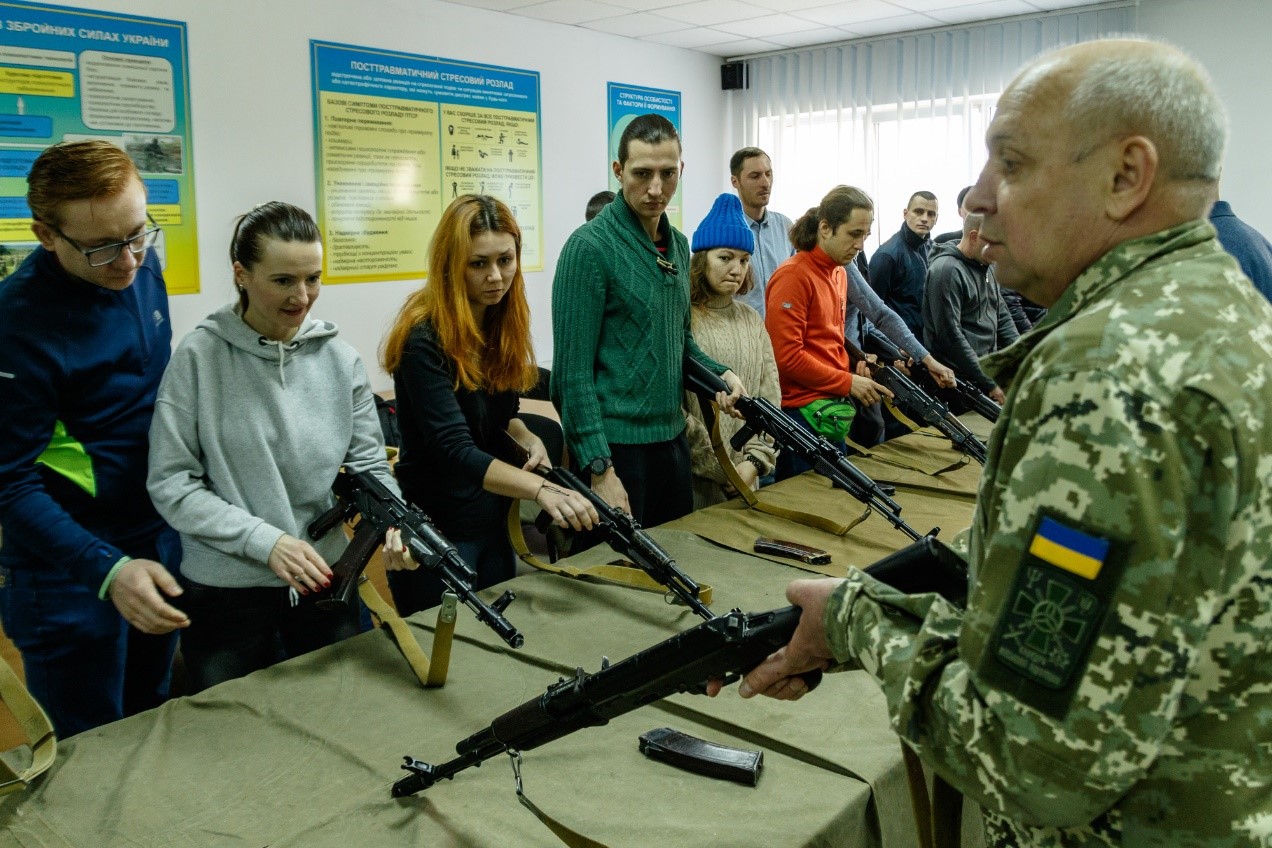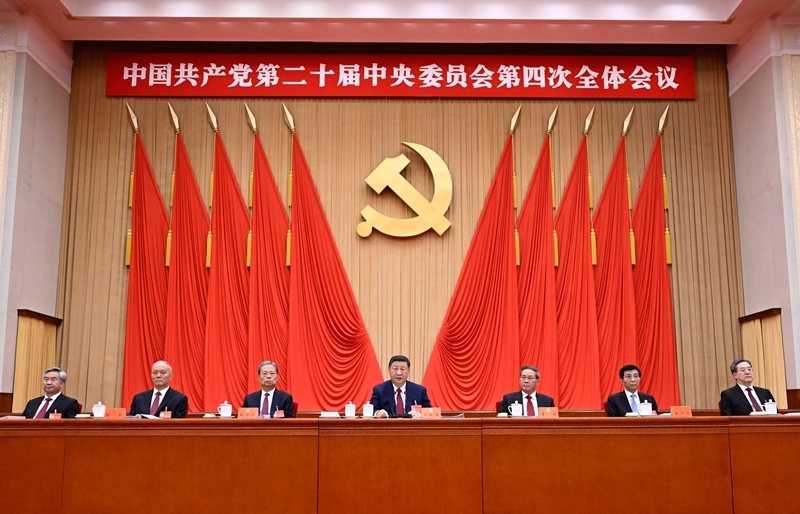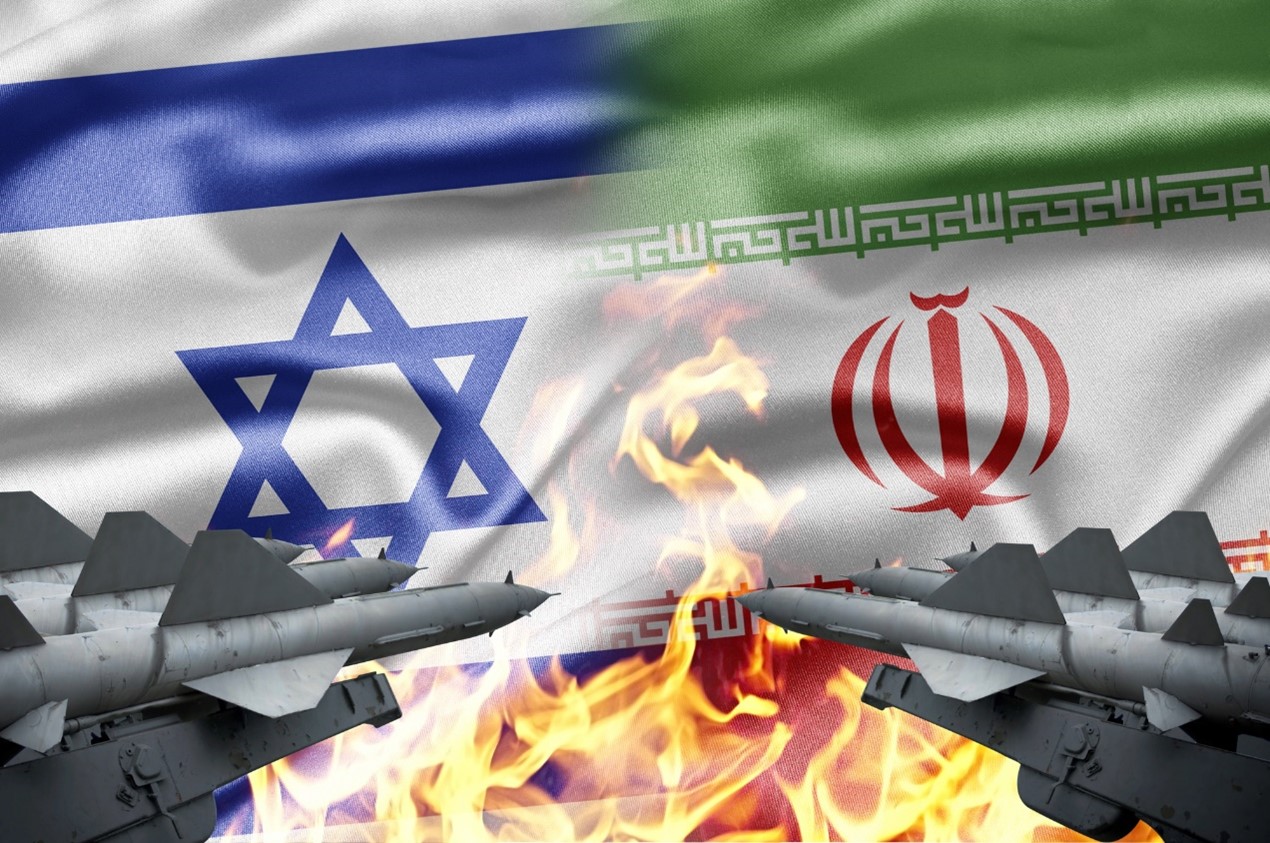Operations by the Armed Forces of Ukraine in Russia’s Kursk region began on August 6, 2024, and are still ongoing. Several lessons from this operation can be useful to Taiwan in the context of a potential military conflict with the People’s Republic of China. Picture source: Виктор В, August 8, 2024, Wikimedia Commons, https://commons.wikimedia.org/wiki/File:August_2024_Kursk_Oblast_incursion.svg.
Prospects & Perspectives No. 53
Lessons of Kursk Incursion for Taiwan
By Pavel Luzin
Operations by the Armed Forces of Ukraine in Russia’s Kursk region (Kurskaya oblsat’) began on August 6, 2024, and are still ongoing. Despite the fact that they are taking place in a theater deep inside the continent and on limited territory — about 1,300 square km — several lessons from this operation can be useful to Taiwan in the context of a potential military conflict with the People’s Republic of China.
1. Asymmetric warfare remains effective
Russia still maintains superiority in the amount of artillery, air-defense, and electronic warfare systems and in air power, including long-range precision weapons. Nevertheless, Ukraine was able to find a relatively weak and vulnerable part of the deployed Russian troops and to conduct a joint force operation inside Russian territory.
There are two important points in this example of asymmetric warfare. First, Ukraine exploited a widespread politico-psychological presumption that a direct attack of an adversary’s regular army on Russian soil would be impossible because of Russia’s status as a nuclear power.
Second, Ukraine exploited deficiencies in coordination and communication between different levels of the Russian system that are typical for authoritarian regimes. In other words, Ukraine used to its advantage a dysfunction in Russia’s institutions that has become evident since the Prigozhin mutiny of June 2023.
2. Not only capable bottom-level commanders, but also capable local political leaders and local communities are vital
This point is related to the previous one. Ukraine’s operations in the Kursk region demonstrate that the ability of bottom-level commanders to make decisions by themselves and to adopt tactical and strategic plans according to the actual combat and humanitarian situation on the ground (at the beginning, Ukraine expected harder resistance and more modest gains from the operation) are essential in the battlefield.
Moreover, the capacity and moral state of local civil authorities and local communities are also essential. If the local leaders are absent, self-organization at the community level does not exist and the representatives of local bureaucracy, police and other law enforcement services prefer to disappear, there will be no possibility of resistance, and activities will be chaotic.
The behavior of local authorities and communities in the Kursk region during the incursion by the Ukrainian armed forces can be compared with the mostly efficient behavior of local political leaders and self-organization of local communities in Ukraine during the first weeks of Russia’s invasion in 2022.
3. Superiority in organization, training/education, command, communications, intelligence and logistics is more important than superiority in quantity of armed forces and arms
During the incursion into the Kursk region, Ukraine has demonstrated that having better organized and trained forces with advanced command, communications and intelligence systems and better logistics allows for the conduct of successful combat operations against an adversary which is considered superior in terms of number of troops and quality of its weapons.
4. A quantitatively superior adversary is not as nimble
Almost two months into Ukraine’s operations in the Kursk region, it has become evident that the adversary with a quantitative superiority (the Russian armed forces) can be vulnerable to abrupt changes in the combat situation and a sudden extension of the frontline. Russia’s focus on offensive operations, first in the Kharkiv region of Ukraine in May–June 2024, and then in Donbas (toward Pokrovsk), created significant inertia in combat planning and activity. As a result, when Ukraine invaded Kursk, Russia was not able to react fast and was not able to redeploy and to use its forces effectively. Consequently, it took several weeks for Russia to concentrate 40,000 troops in order to counter-attack. As of the end of September 2024, these forces were not able to alter the combat situation significantly.
5. Concentration of firepower and maneuvers can be more important than accumulation of bigger joint-force groups
This looks like a paradoxical conclusion, but the armed forces of Ukraine were able to accumulate enough firepower against the Russian forces in the Kursk region while joint-force groups appeared to be relatively small (several thousand troops). Advanced artillery, armored vehicles, tanks, aircrafts with guided bombs and drones allowed Ukraine to defeat Russian troops deployed on the borderline and to push the rest of them back.
Moreover, the dispersed and mobile Ukrainian forces have not allowed Russia to use its artillery and combat aviation in the usual manner against bigger formations and stationary targets such as fortifications.
6. Spread critical infrastructure like electric power generation and distribution and telecommunications together with some storage of spare equipment, parts and fuel related to this infrastructure. This can be more sustainable than bigger and centralized facilities
One of the underestimated lessons of the Ukrainian operation in the Kursk region is its influence on the Kursk nuclear power plant. Technically, only one of two operational reactors is producing electric power now. Moreover, the commissioning of one of two new reactors, originally scheduled for December 2024, has been delayed until at least 2025. As a result, the threat of a deficit in electric power generation in the central regions of Russia is a real possibility. Such an objective vulnerability in Russia gives Ukraine additional military and political leverages.
The same rationale is true for electric substations (part of electric power networks), centralized fuel storage facilities and even arms storage facilities. Despite the fact that the recent attacks by Ukraine against such facilities in other Russian regions are not directly related to the incursion into the Kursk region, they nevertheless make it more difficult for Russia to counteract.
(Dr. Pavel Luzin is a Senior Fellow at Jamestown Foundation.)














